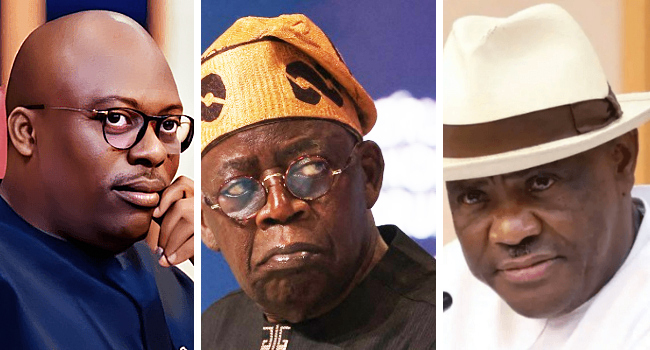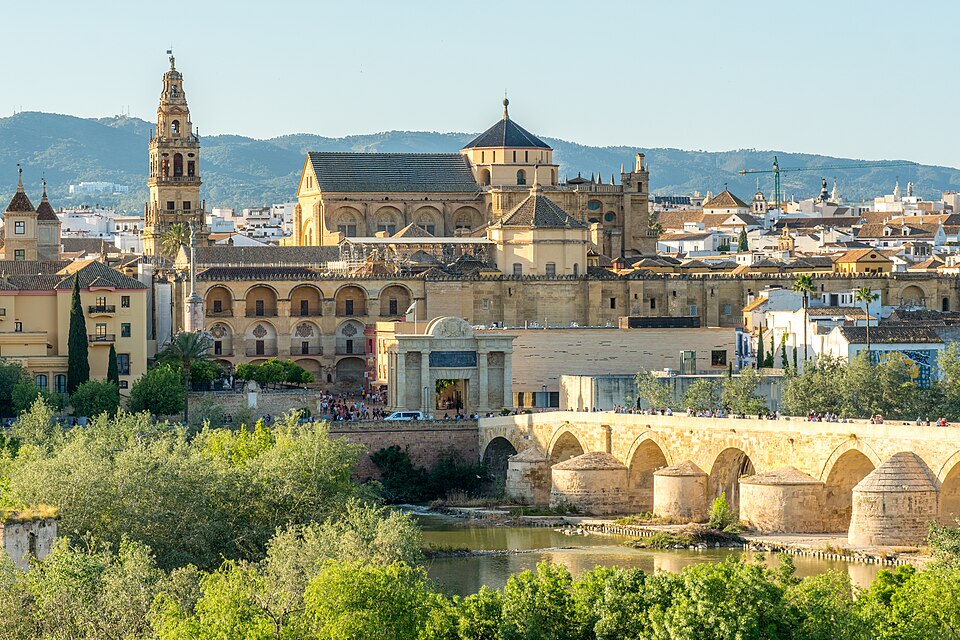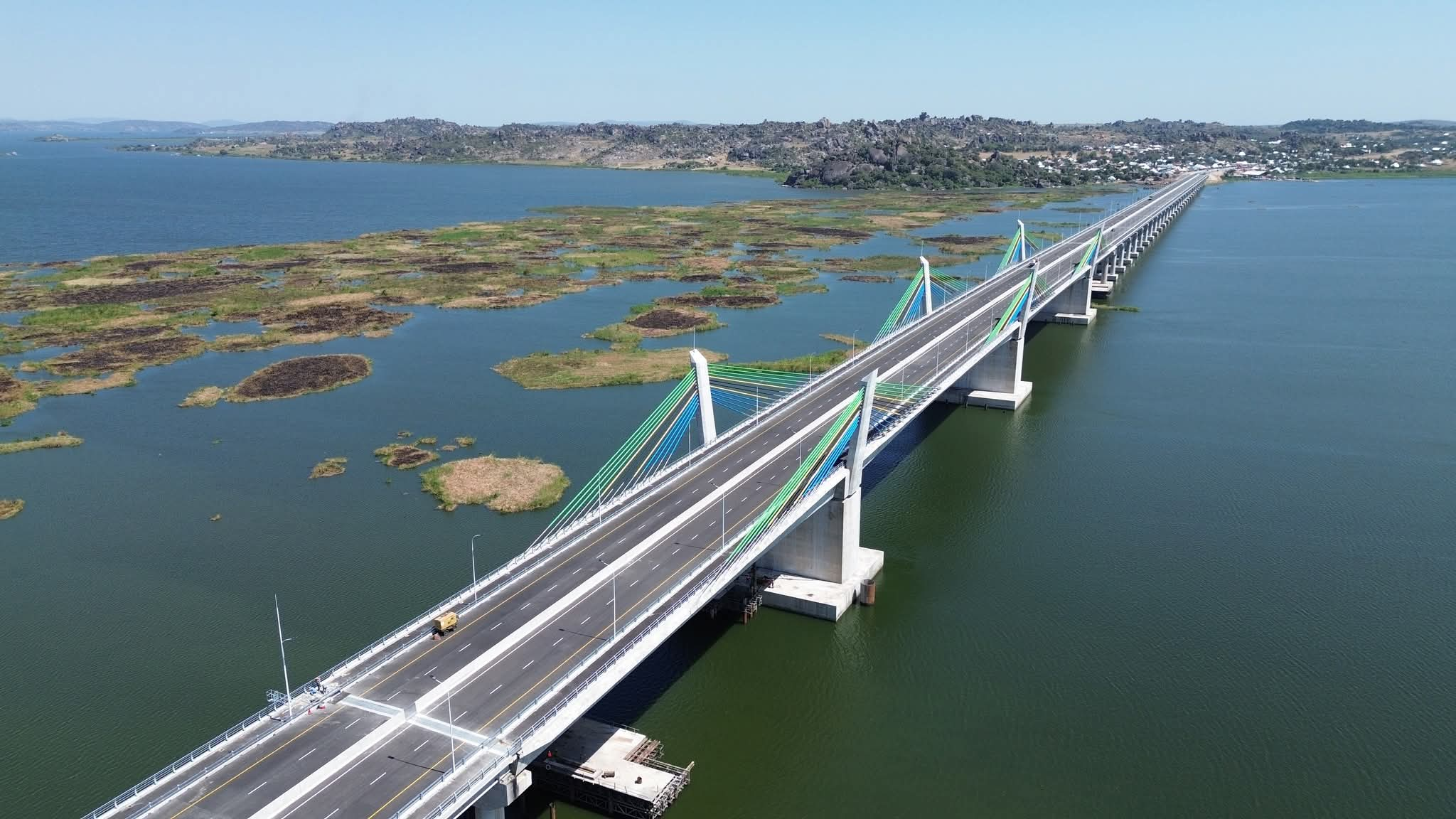TIMELINE: State of Emergency Declarations in Nigeria (1960–2025)

Did you know that since Nigeria’s return to democracy in 1999, President Bola Ahmed Tinubu’s action in declaring a State of Emergency in Rivers State marks the fourth time by a sitting President?
A State of Emergency is a situation in which a government is empowered to put through policies that it would normally not be permitted to do, for the safety and protection of its citizens. A government can declare such a state before, during, or after a natural disaster, civil unrest, armed conflict, medical pandemic or epidemic or other biosecurity risk.
Under international law, rights and freedoms may be suspended during a state of emergency, depending on the severity of the emergency and a government's policies
The 1999 Constitution, under Section 305, empowers the President to declare a state of emergency under specific conditions. However, the proclamation must be published in the government gazette and transmitted to the National Assembly for approval by a two-third majority to validate the declaration, towards ensuring a system of checks and balances to prevent abuse of executive powers.
Here is a timeline of State of Emergency Declarations in Nigeria from the 1960s to 2025.
1] WESTERN REGION (1962)
Prime Minister Tafawa Balewa declared a state of emergency in the Western Region in 1962 due to a severe political crisis within the Action Group (AG). The internal feud between Chief Obafemi Awolowo and Chief Samuel Ladoke Akintola resulted in violent clashes, legislative chaos, and widespread destruction. The region was placed under emergency rule, and Dr. Moses Majekodunmi was appointed as the administrator.
2] PLATEAU STATE (2004)
President Olusegun Obasanjo declared a state of emergency due to escalating ethno-religious violence between Muslims and Christians. Over 2,000 people were killed in riots that started in 2001. The governor, Joshua Dariye, and the State House of Assembly were suspended, and Major General Chris Alli (retd.) was appointed as administrator.
3] EKITI STATE (2006)
A political crisis emerged in Ekiti State when Governor Ayo Fayose was impeached under controversial circumstances. The impeachment led to widespread unrest and a breakdown of governance. President Obasanjo imposed emergency rule and appointed Brigadier General Adetunji Olurin (retd.) as administrator.
4] LGs IN BORNO AND PLATEAU (2011)
Before the 2013 full-scale emergency, President Goodluck Jonathan imposed emergency rule in some local government areas in Borno and Plateau States. This was in response to early Boko Haram attacks and communal conflicts.
5] BORNO, YOBE, AND ADAMAWA STATES (2013–2014)
President Goodluck Jonathan declared emergency rule in Borno, Yobe, and Adamawa States due to the Boko Haram insurgency. The terrorist group launched attacks, bombings, and mass abductions, including the Chibok schoolgirls’ kidnapping in 2014. The military was given sweeping powers, and security operations were intensified, but the crisis persisted.
6] RIVERS STATE (2024–2025)
Amid a political power struggle between Governor Siminalayi Fubara and the Rivers State House of Assembly, tensions escalated. President Bola Tinubu declared a state of emergency due to a breakdown of governance. The suspension which came amidst a series of unending political crises in the state, including the explosion of an oil pipeline, as rationalized by the president of the country, is slated to last 6 months.
SOURCES: PM News | Punch | Wikipedia
#penglobalfactfile #StateofEmergency #Nigeria


_1755775186.jpg)
